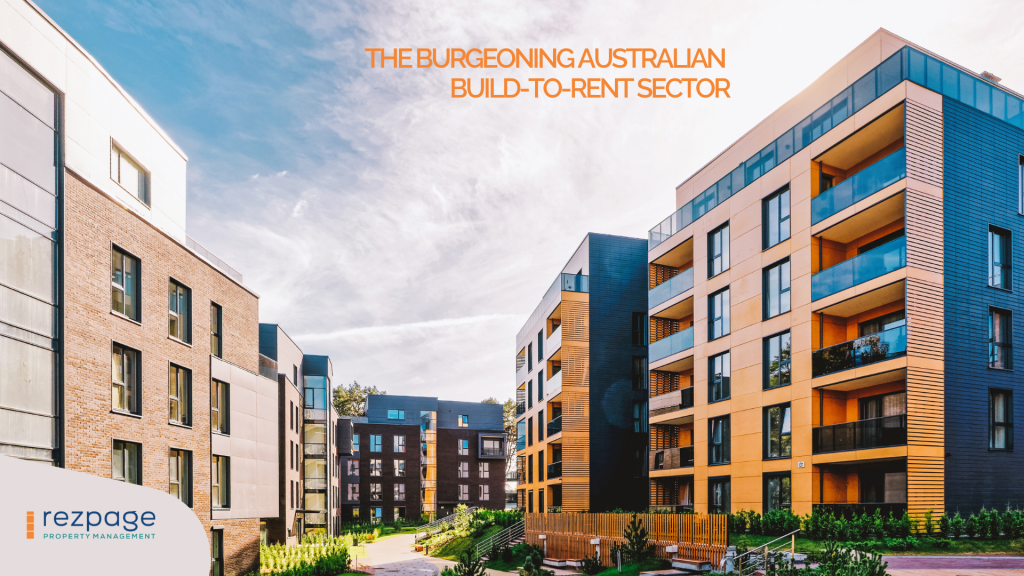Australia is currently facing a severe housing crisis. This has resulted in many Australians struggling to find affordable and suitable housing options. To ease this crisis, the concept of build-to-rent (BTR) properties has gained significant attention.
Build-to-rent properties are essentially large-scale developments that are purpose-built for renting out rather than selling individual units. These properties are designed to cater to the needs of renters and offer a long-term, secure housing option.
For those unfamiliar with the term, build-to-rent (BTR) refers to properties that are purpose-built for rental purposes, rather than being converted from existing buildings. This type of housing is designed to provide long-term rental options for tenants and can include features such as shared or communal amenities and on-site management.
However, despite the potential benefits of BTR properties in Australia, there have been several barriers to investment in this sector. One major barrier has been the unfavourable tax treatment compared to other forms of investments.
Foreign investors face higher withholding tax rates when investing in managed investment trusts for BTR properties. Additionally, they are denied input tax credits for GST tax purposes, which effectively adds a 10% cost to acquisition, construction and operating costs.
Furthermore, foreign investors also must deal with higher stamp duty and land tax costs when investing in BTR properties. These additional taxes make it less attractive for foreign investors to invest in this sector.
The Australian Government has recently announced changes to the withholding tax rate and capital works deduction for build-to-rent properties. This announcement was made on 28 April 2023, with further details provided in the 2023-24 Australian Federal Budget.
The proposed changes by the Australian Government aim to make BTR properties more attractive for investors, particularly foreign residents. From 1 July 2024, the withholding tax rate for eligible fund payments from managed investment trusts to foreign residents will be reduced from 30% to 15%. This means that foreign investors will have a lower tax burden when investing in BTR properties.
In addition, the rate for the capital works deduction for eligible BTR properties will increase from 2.5% to 4% per year. This allows investors to claim a higher amount of their construction costs as a tax deduction over time, making the investment more financially viable.
Additionally, some Australian states have also introduced stamp duty concessions and exemptions for BTR developments. These measures are aimed at encouraging investment in this sector and in turn addressing the housing crisis.
Moreover, the rise of BTR properties may also contribute to housing for multiple occupancy. As these developments are designed for renters, they can offer a range of housing options and cater to different needs and budgets.
In conclusion, while there have been barriers to investment in build-to-rent properties in Australia, steps are being taken to address them and make this sector more attractive for investors. This can have a positive impact on the Australian housing crisis and provide more options for affordable and sustainable housing. So, investing in BTR properties not only makes economic sense but also has the potential to create a positive social impact.
rezpage (www.rezpage.com) is a software platform developed to address the myriad of purpose built residential housing options, be that Built-to-Rent (BTR), Housing for Multiple Occupancy (HMO’s), Co-living options, later living (retirement housing), student housing and campus accommodation, and staff/workforce accommodation. rezpage is trusted by some of the most innovative residential property operators in the world, who rely on our software to maintain a competitive edge in their respective sector.


